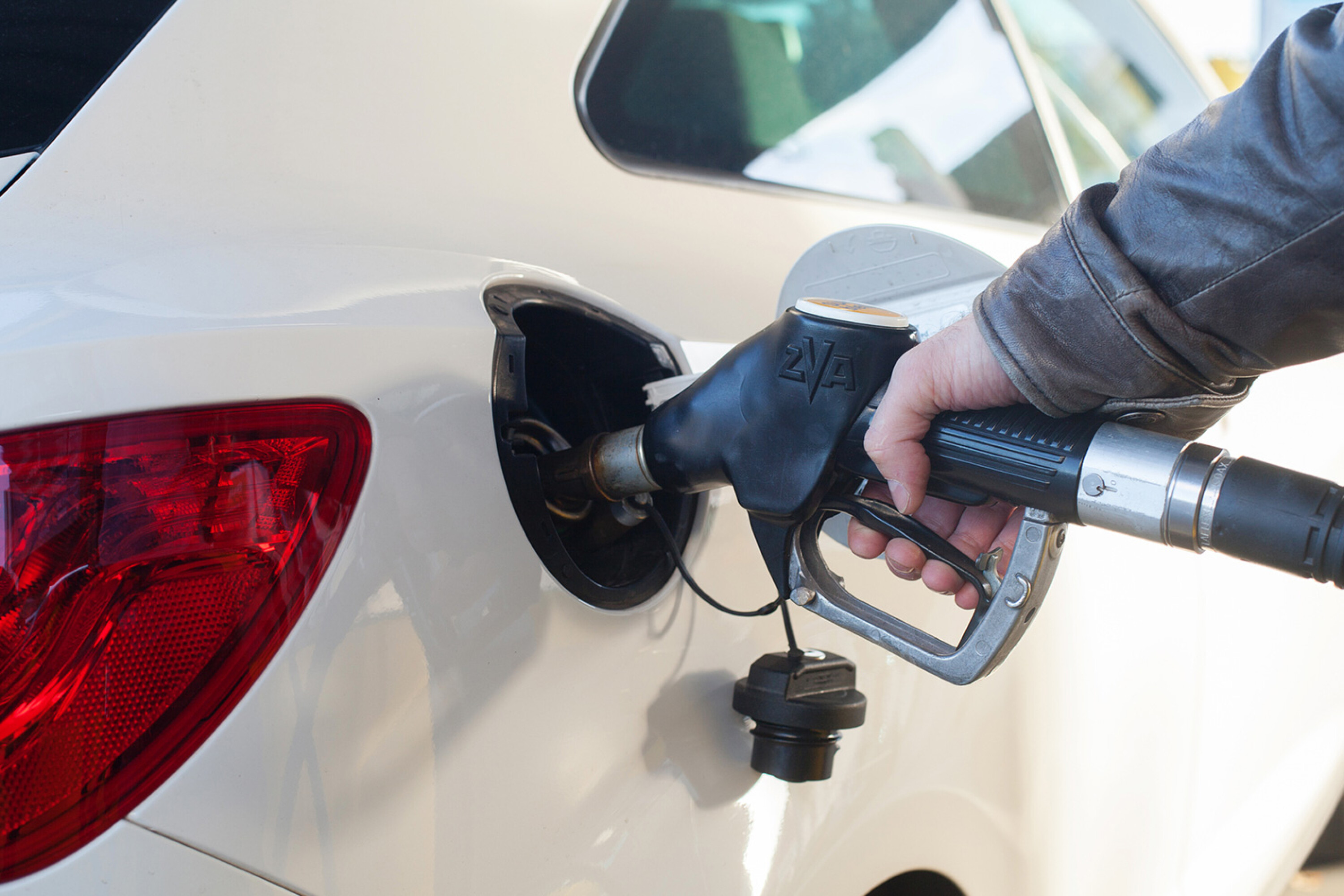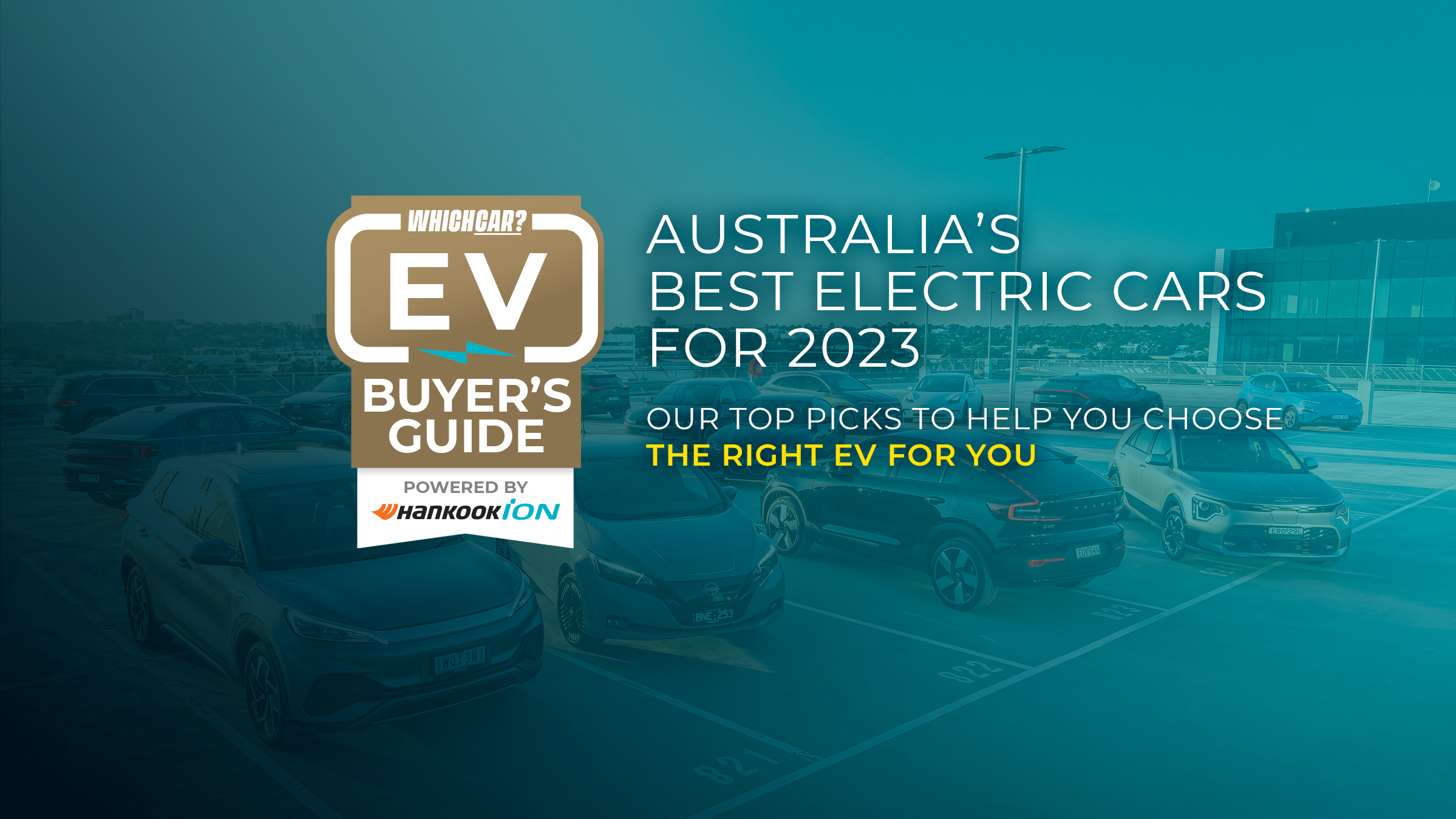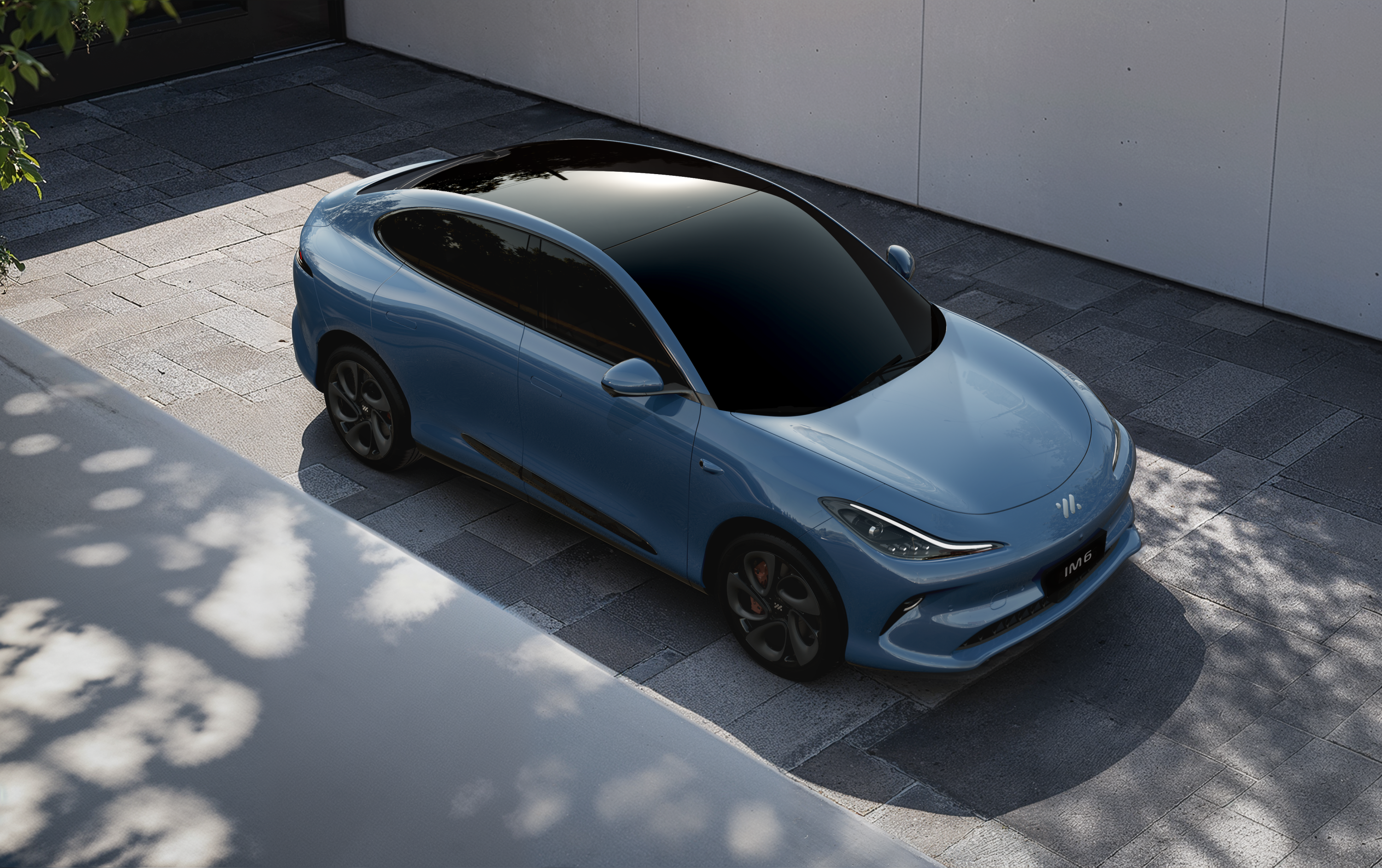
The Albanese government announced its 2023-24 Federal Budget last night, delivering the first surplus in 15 years with a focus on improving quality of life and cutting the cost of living – but how does it affect motorists?
This year’s budget is fairly thin on specific automotive content, but there is good news for those hoping to transition to electric vehicles – the fuel standard strategy is definitely coming.
Money has also been pledged towards mining ‘critical minerals’ that are essential for EV construction around the world, and the government is investing in local Hydrogen solutions, too.
The government has extended 2020-23’s instant asset write-off scheme but in a reduced form. The maximum asset value has fallen from $150,000 to $20,000 for companies with turnovers up to $10 million on purchases made between July 1 2023-June 30 2024.
At a glance: Winners and losers
Winners
- Prospective EV buyers
- Local battery manufacturers
- Companies invested in Hydrogen-powered cars
Losers
- Those looking to write off a new ute
- ‘Critical’ minerals in the ground u2013 they’re going to get mined
- Unsafe new and used vehicles

Electrical vehicle incentives
The government did not introduce its anticipated fuel efficiency standards in this year’s federal budget, though is looking to implement the legislation before the end of 2023.
A total of $7.4 million will be put towards fuel efficiency standards as part of an EV strategy that the government promises will “ensure consumers have a better choice of electric vehicles and encourage greater use of cleaner, cheaper-to-run vehicles.”
In total, $20.9 million is being spent on greening transport, including $7.8 for transport net zero roadmap that began in 2022-23, as well as $5.2 million over four years for EV charging infrastructure development in housing and public spaces.
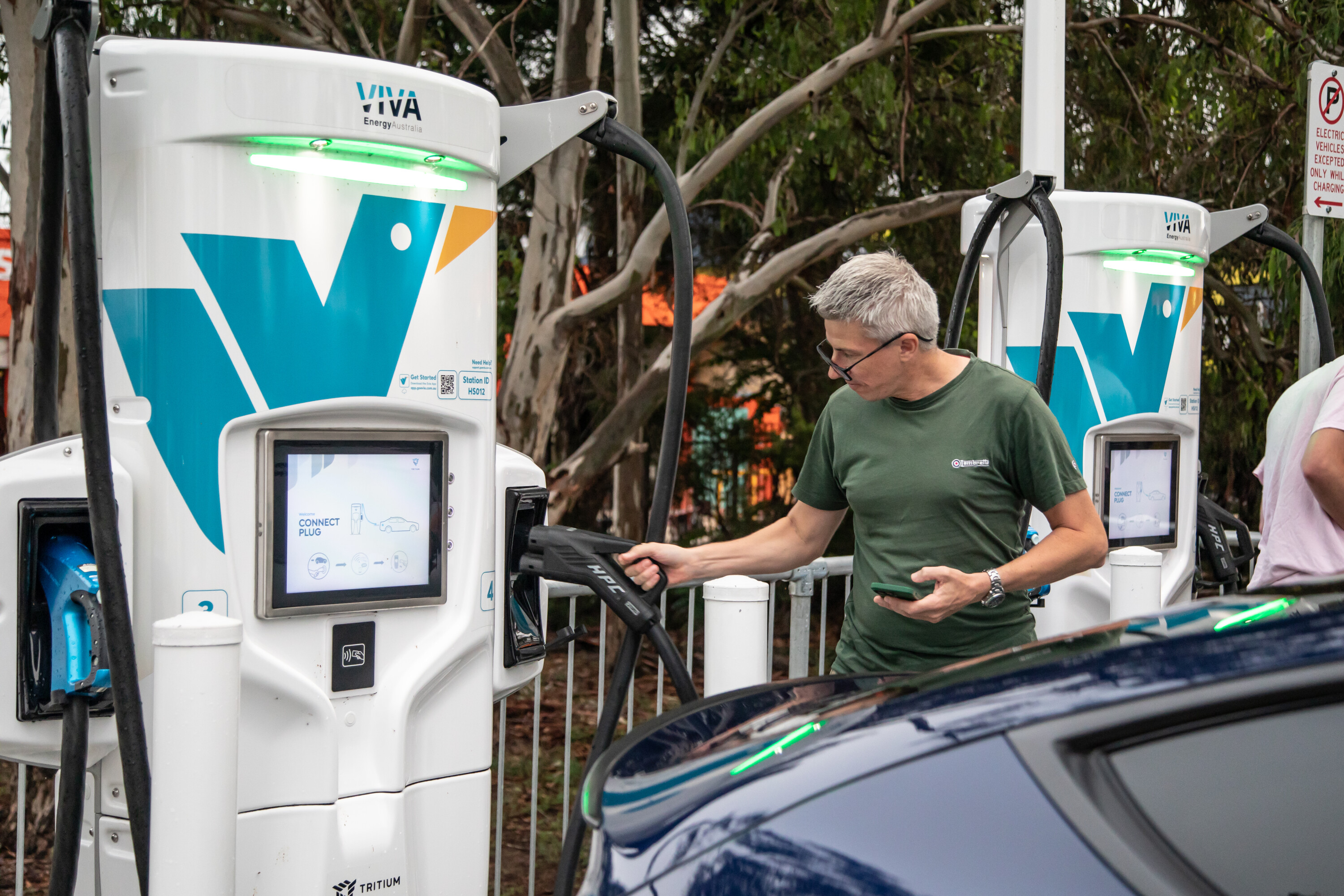
Incentives already on offer include fringe benefits tax exemption for electric vehicles under $85K, and various other state-based incentives. An extra $14.8 million has been allocated to establish programs that advance technology and skills for Australian battery manufacturing.
There’s also $2 billion being spent on becoming a leader in hydrogen generation with the Hydrogen Headstart program. Further green energy targets include promoting more energy-efficient commercial buildings and a future gas strategy that will support Australia’s transition to 82 per cent renewable power by 2030.
The government is keen to capitalise on Australia’s rich resource deposits for a greener future, pledging a total of $80.5 million over four years on the critical minerals sector, $57.1 million of which will be spent on suring up supply chains, while $23.4 million will be directed to new projects and activities showcasing Australia’s credentials to international markets.

Tax breaks for small businesses
Utes may have a harder time dominating sales charts in Australia as the government softens its instant asset write-off scheme for 2023-24.
Previously available for businesses with turnovers up to $500 million on assets valued up to $150,000, the pared-back scheme applies to businesses with a maximum $10 million turnover and a peak asset value of $20,000.
That means you won’t be able to write the value of a new ute off in full – even an entry-level HiLux or Triton is worth more than $20K. More expensive vehicles will be placed in a depreciation pool, where 15 per cent of the value can be written off as depreciation in the first year, and 30 per cent in the years following.
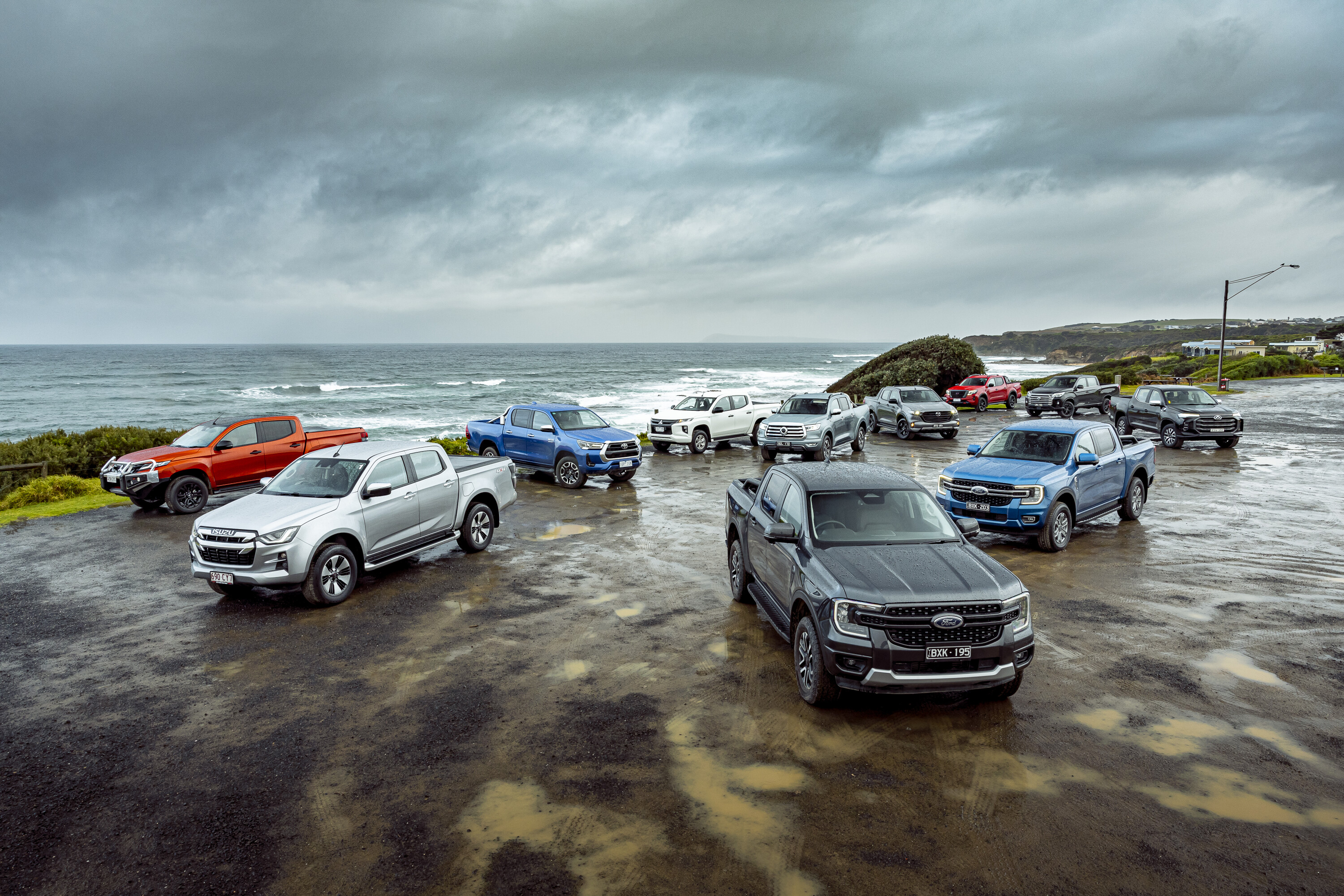
There is a clause for companies looking to improve energy efficiency – businesses with annual turnovers less than $50 million are eligible for a 20 per cent tax deduction for “assets supporting electrification.”
The maximum expenditure on such goods is $100,000, and the maximum bonus tax deduction is $20,000. The government gives examples of more efficient heating and cooling systems, batteries, and high-efficiency electrical goods – EVs are excluded, however.

Road safety measures
With a static road toll over the last five years, the government has pledged funds to make Australia a safer place to drive. Over four years from 2022-23 onwards $43.6 million is destined for a national road safety action grants program focused on education for vulnerable road users, First Nations road safety, technology, innovation, and research in the field.
An additional $18.9 million is going towards improved road safety data and research products over the next three years, with $16.5 million put into improved car safety rating programs over five years for light and used vehicles in particular.
Starting in 2022-23 $64.2 million is going towards transport and infrastructure priorities actioned by the departments of infrastructure, transport, regional development, communications and the arts.
We recommend
-
 News
NewsAustralia commits to fuel efficiency standards: Details & industry response
The government’s latest consultation paper confirms a new vehicle carbon emissions mandate will be legislated, but time’s still needed
-
 News
NewsThese were Australia's top 10 best-selling cars in 2023
It's no surprise that Australians love the Toyota HiLux and Ford Ranger, but rising EV demand and supply constraints wrote an interesting tale for the nation's top 10 best-selling cars in 2023
-
 Advice
AdviceAustralia's best electric cars for 2023
We’ve tested nearly every EV below six figures in Australia to rank the best on sale today


